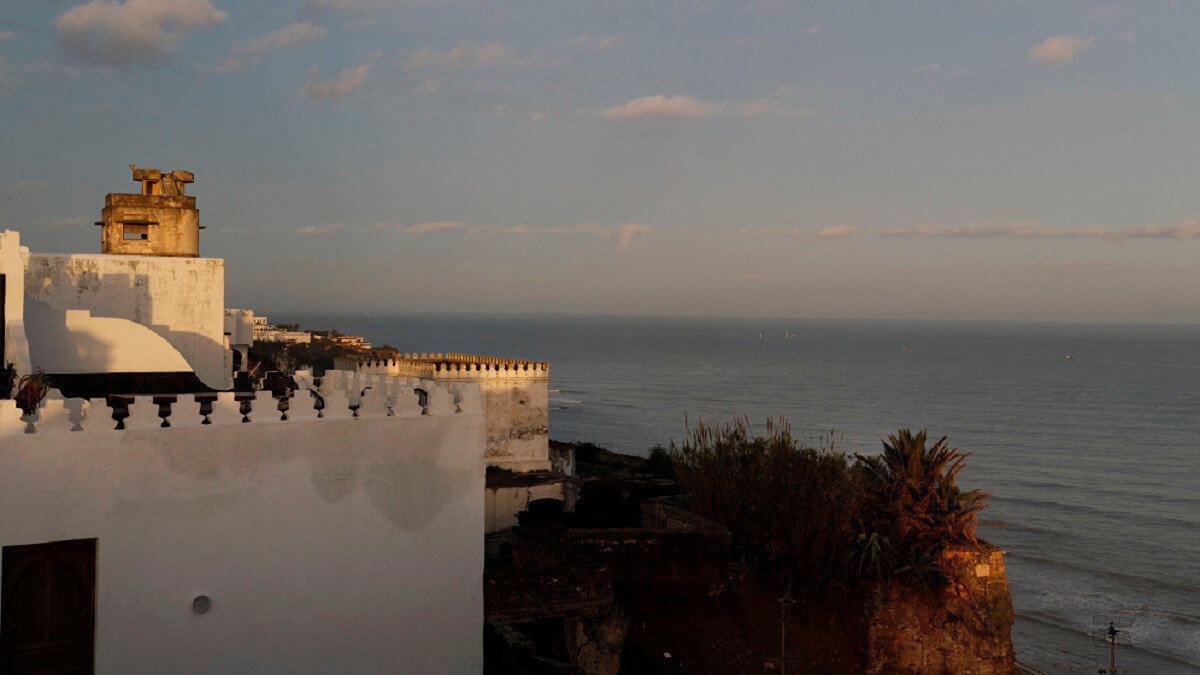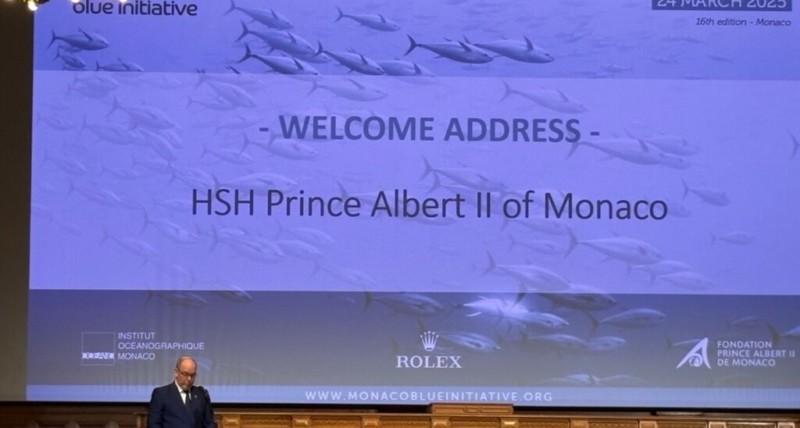The Tangier desalination plant planned in the Huara area represents an efficient solution to the water supply problem in the Tangier-Tetouan-Al Hoceima region, which will benefit not only the population of Tangier in terms of drinking water, but is likely to reach as far as Larache; contributing to meet the need for irrigation water as well.
The competent authorities, in cooperation with domain experts and engineers, began preparations for the launch of this seawater desalination plant, under the direct supervision of the new Wali Younes Tazi.
It should be noted that, after successive dry years and faced with major problems of drinking water supply and irrigation, Morocco is committed to the construction of seawater desalination plants in several coastal cities in order to meet the growing demand for water in its various uses.

The large desalination plant of Tangier-Tetouan-Al Hoceima located in Huara
Within the framework of Morocco’s National Urban Water Supply Programme, the launch of the Tangier desalination plant project is a strategic step reflecting Morocco’s vigorous search for non-conventional water resources throughout the country.
With a view to tackling the country’s water scarcity problem and meeting the water needs of the population, the Tangier desalination plant will undoubtedly play a vital role in supplying drinking water to the capital of the Tangier-Tetouan-Al Hoceima region, as well as to the surrounding areas.
This ambitious and challenging project, which will see the light of day in two to four years, will contribute to improving the sustainability of the region’s water supply; as well as providing drinking water to the city of Asilah and possibly Larache.
The site chosen for the Tangier desalination plant has the advantage of being in close proximity to a series of drinking water pipelines from the 9 April and Dhar Khrofa dams where Tangier’s drinking water supply began.

Once the preliminary studies for the new project have been completed, the launching of the initiative requires a huge financial and technical potential given its value for the city and the region as a whole.
It should be noted that the project will be implemented through the signing of partnership agreements between the Wilaya of Tangier, the National Water Office, the Agency for the Development of the Northern Territories, the Locus Basin Agency and the Ministry of Equipment.
The new plant, which is part of the National Drinking Water Supply and Irrigation Programme 2020-2027, is expected to pump 30 to 80 million cubic metres of drinking water. It is also expected to benefit farmers in the Locus area of Larache.
While the total drinking water distributed to the city of Tangier annually amounts to more than 28 million cubic metres from the suburban dams, the new plant will respond to water needs in case of continued years of drought and low dam filling due to low rainfall.

Desalination plants: strengths of Morocco’s drought plan
Despite dwindling water reserves in dams, Morocco is still able to meet drinking water needs thanks to the desalination of seawater, particularly in Agadir, Al Hoceima, Safi and El Jadida, and the reinforcement of groundwater supplies.
In 2021, Morocco had 12 seawater desalination plants with a production capacity of 145 Mm3/year, rising to 15 in 2023 with a production capacity of 192 Mm3/year.
In its future vision of 2030, Morocco aims to have 16 more desalination plants, five of them under expansion, with a total production capacity of 1.46 billion m3/year. The aim is to remedy water-related problems and provide drinking water to the population.

The existing plants are those of Al Hoceima, Agadir (first phase), AKhfennir, Tarfaya, Sidi Elghazi, Boujdour, El Mhiriz, Laayoune, Jorf Lasfar and Safi, which are in the process of being extended.
The plants under construction are those at Sidi Ifni and Dakhla. Moreover, other plants are planned in the eastern region: the desalination plant in Tangiers, Guelmim, Agadir (second phase), Tiznit, Essaouira and Casablanca (first and second phase).
Of the non-conventional water sources, seawater desalination plants represent a solution to water scarcity in addition to the techniques of reusing treated wastewater and artificially recharging groundwater.




